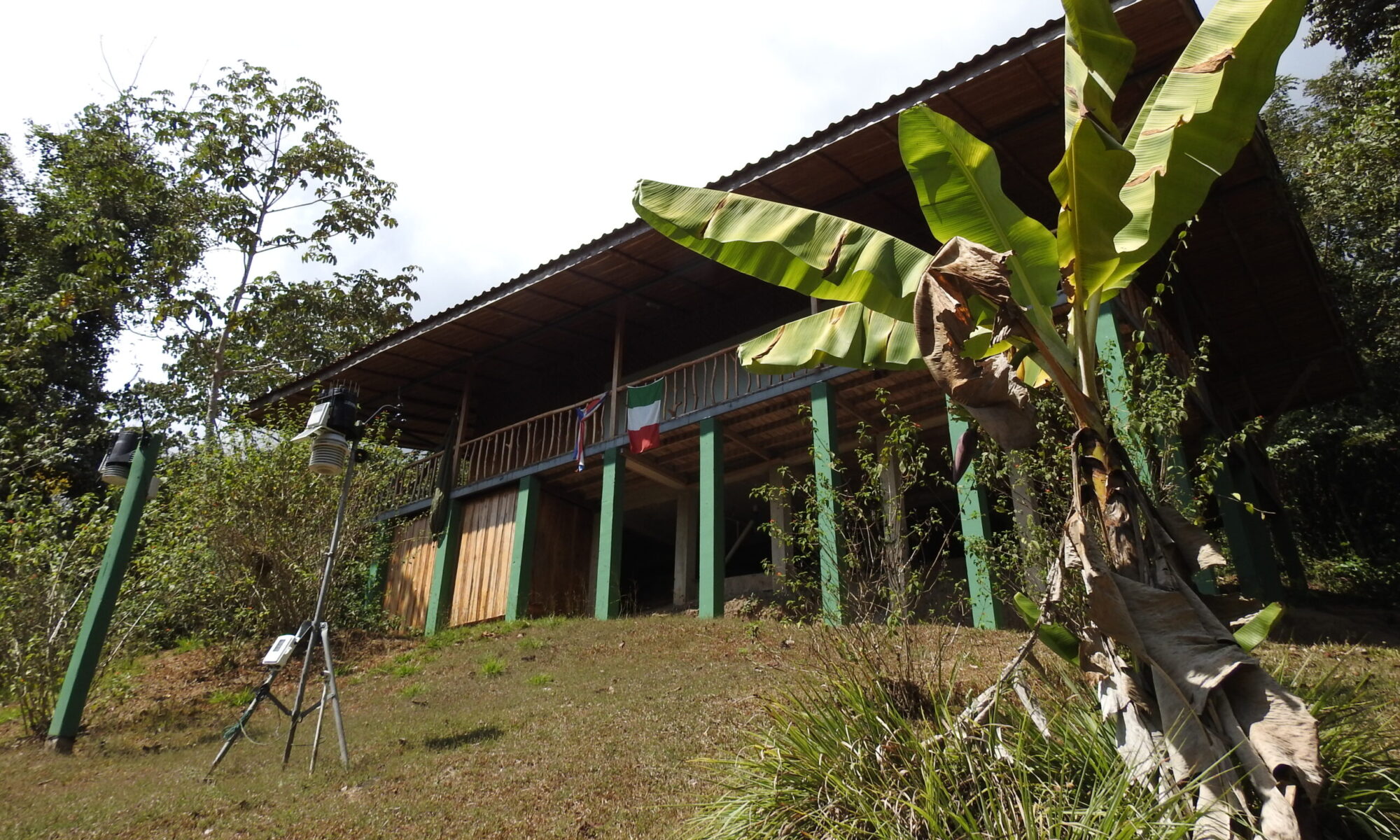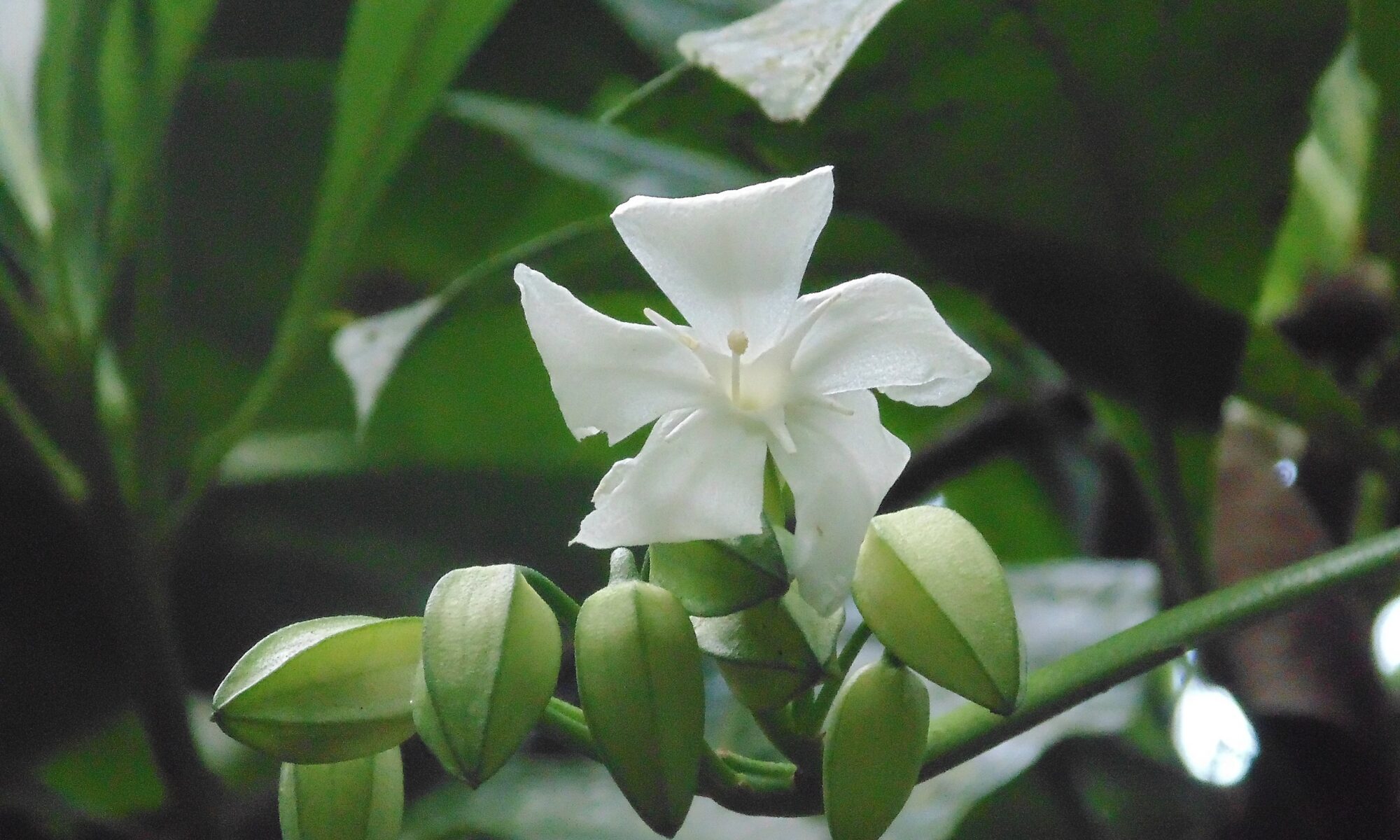FpS press release August 24, 2023
From the Karen Mogensen Reserve, a Special Ambassador of Costa Rica Biodiversity in Italy
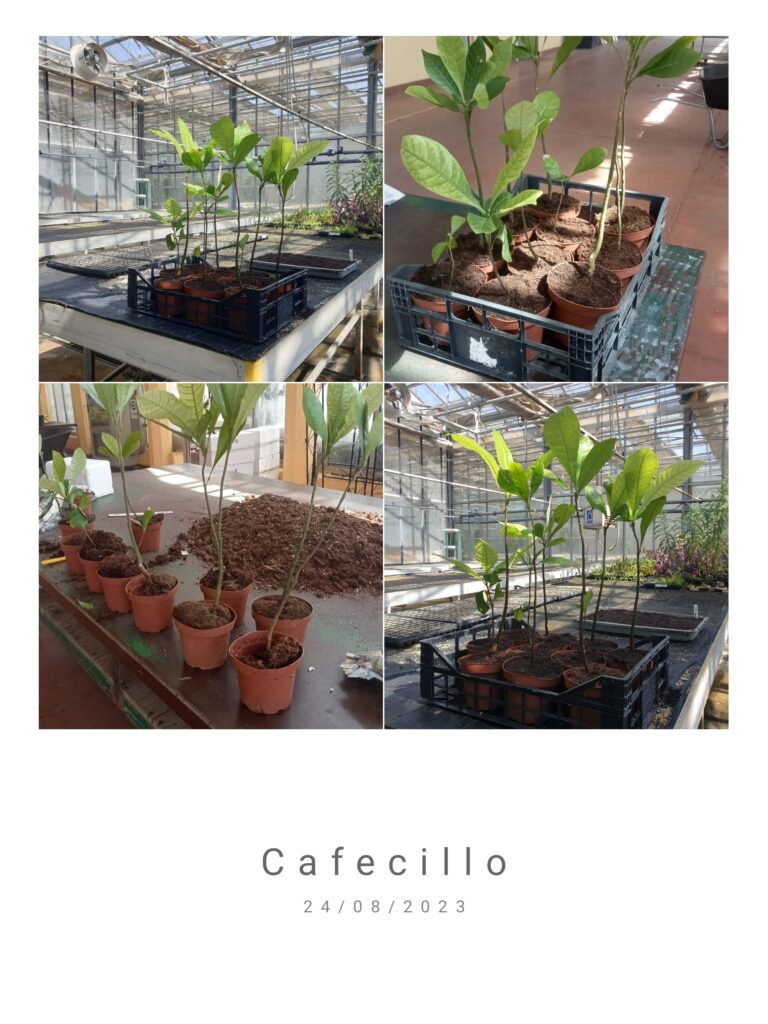
Specimens of a rare native plant, endemic to Costa Rica, the Cafecillo ( Erythrochiton gymnanthus ), traveled 11,000 km to arrive in Italy where it will be kept in the best conditions in the tropical greenhouses of the Minoprio Foundation. It was possible to officially send the seedlings, grown in the nursery of the Karen Mogensen Reserve of Asepalco in the Nicoya peninsula , thanks to a special biodiversity export permit issued by SINAC ( Resoluci ó n No PE-CUSBE-108-2023) for reasons of research and scientific and cultural collaboration.
In fact, the seedlings are currently being studied in the “Italia Costa Rica” Biometeo Station of the Karen Mogensen Reserve, in an exchange with researchers from the UNED University of Costa Rica (Prof. Mary Ocampo Araya) and these researches will be implemented in the laboratories of the School of Agronomy of the Minoprio Foundation (Prof. Dante Valenzisi ).
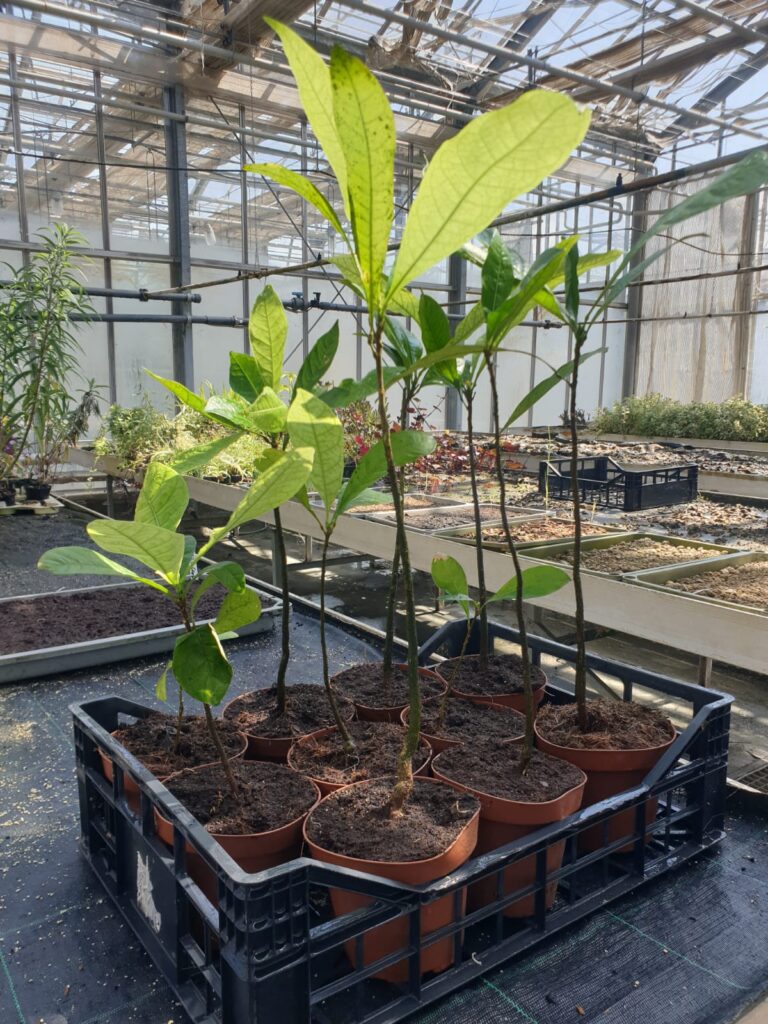
The possibility of sending specimens of biodiversity outside Costa Rica is a more unique than rare event and required a long and rigorous process of documents and certifications issued by the Costa Rican government bodies after appropriate checks.
There are numerous actors who have participated in the success of this project, wanted primarily by the director Guia Zapponi of G Film Production, who will make these seedlings a subject for her next film “The Theory of Grace”, by the Asepalco Association of Costa Rica who, through its President Patricia Slump, donated the seedlings of its own nursery, to Prof Dario Sonetti of Foreste per Semper OdV, currently Scientific Director of the “Italia Costa Rica” Research Station who oversaw all the practical and institutional steps to be able get to this expedition, to the various officials of the SINAC with their valuable suggestions and aids, including Henry Ramirez Molina and Celso Alvarado Murillo. For the Italian side, the availability of the Minoprio Foundation was fundamental which, through the interest of Dr. Roberta Peverelli of the Foundation’s CTS, made it possible to welcome seedlings into its greenhouses which will be maintained and studied there by prof Valenzisi and his staff; of the Villa del Grumello Association which will carry out in its Botanical Garden, in collaboration with G Film Productions, the Schools project “CINEMA AND NATURE” organized and followed by the managers Chiara Bignami and Filippo Arcioni which will serve to promote the value of biodiversity among young people and to introduce the Italian public to the very rich tropical nature of Costa Rica and the effort that the Central American country is making through its institutions to preserve it as a planet’s heritage.
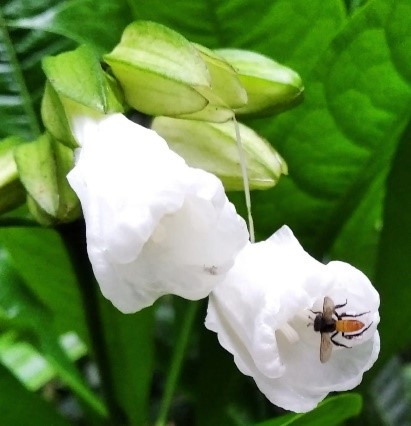
So welcome cafecillo to Italy, your discreet but important presence will hopefully make us richer and more aware!
“In the historical moment we are experiencing, the journey of this plant can become a symbol of union: union between countries, union between people and union between human beings and nature.”
Guia Zapponi
Erythrochiton gymnanthus is an endangered tree or shrub from the family Rutaceae. It is endemic to Costa Rica. The genus Erythrochiton consists of only twelve species and it native to the Neotropical region.
Erythrochiton gymnanthus reaches a height between 1.5 and 6 metres. The young branches are glabrous. Each branch bearing a leaf tuft. The alternate unifoliate leaves are 14.5 to 36.4 centimetre in length and 3.5 to 11 centimetres in width. The leaves are obovate or oblanceolate, sometimes narrow oblanceolate. They are cuneate and decurrent at base. The adaxial surface smooth of the petiole is 0.5 to 3 cm. The flowers are white. The corolla is 4.5 to 6 centimetre in diameter. The fruit is a capsule which is formed by 4 to 5 glabrous carpels measuring 1.6 to 1.9 cm. The flowering time is from April to July.
Erythrochtion gymnanthus is threatened due to leaf diseases and the fragmentation of its habitat.
Since the early 1990s, Foreste per Sempre ODV has protected and increased the forest of the current “Refugio de Vida Silvestre Reserva Karen Mogensen” and with it all the biodiversity including this splendid shrub, becoming the ambassador of biodiversity.
